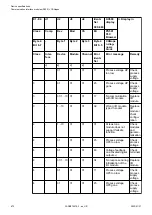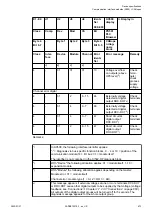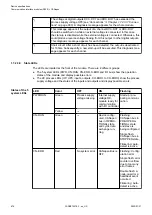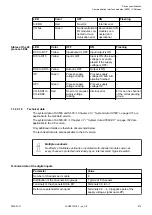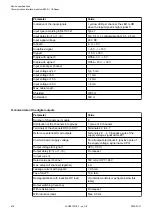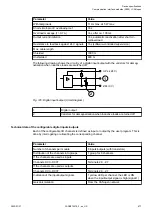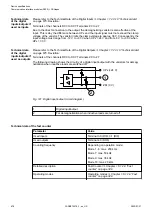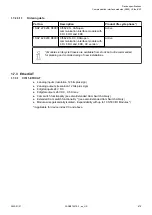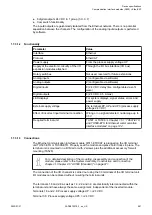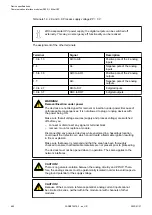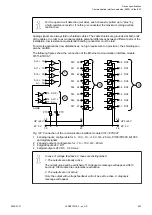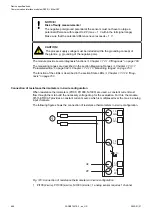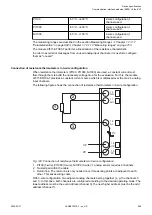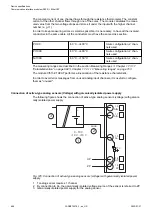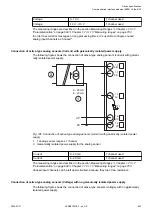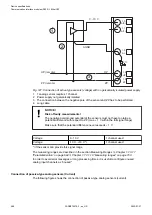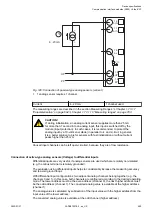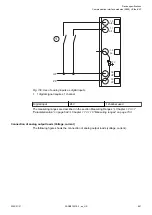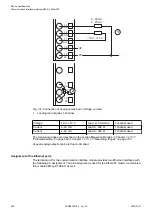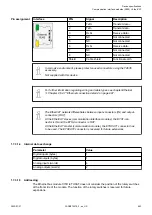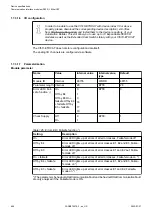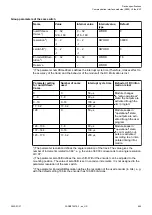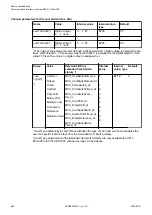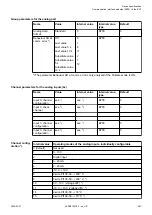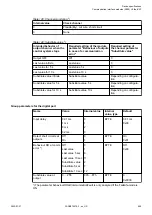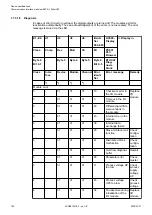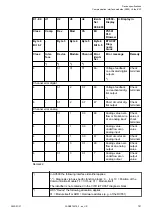
The constant current of one channel flows through the resistance thermometer. The constant
current of the other channel flows through one of the cores. The module calculates the meas-
ured value from the two voltage drops and stores it under the input with the higher channel
number (e. g. I1).
In order to keep measuring errors as small as possible, it is necessary, to have all the involved
conductors in the same cable. All the conductors must have the same cross section.
Pt100
-50 °C...+400 °C
3-wire configuration, 2 chan-
nels used
Pt1000
-50 °C...+400 °C
3-wire configuration, 2 chan-
nels used
Ni1000
-50 °C...+150 °C
3-wire configuration, 2 chan-
nels used
The measuring ranges are described in the section Measuring Ranges
“Parameterization” on page 694
Chapter 1.7.3.1.10 “Measuring ranges” on page 703
.
The module CI511-ETHCAT performs a linearization of the resistance characteristic.
In order to avoid error messages from unused analog input channels, it is useful to configure
them as "unused".
Connection of active-type analog sensors (Voltage) with galvanically isolated power supply
The following figure shows the connection of active-type analog sensors (voltage) with galvani-
cally isolated power supply
1.0
1.1
1.8
1.9
AI0+
AI1+
UP
ZP
UP
ZP
PTC
1.5
AI–
+
–
0...10 V
–10 V...+10 V
AGND
2
1
3
Fig. 125: Connection of active-type analog sensors (voltage) with galvanically isolated power
supply
1
1 analog sensor requires 1 channel
2
By connecting to AI-, the galvanically isolated voltage source of the sensor is referred to ZP
3
Galvanically isolated power supply for the analog sensor
Device specifications
Communication interface modules (S500) > EtherCAT
2022/01/31
3ADR010278, 3, en_US
686

